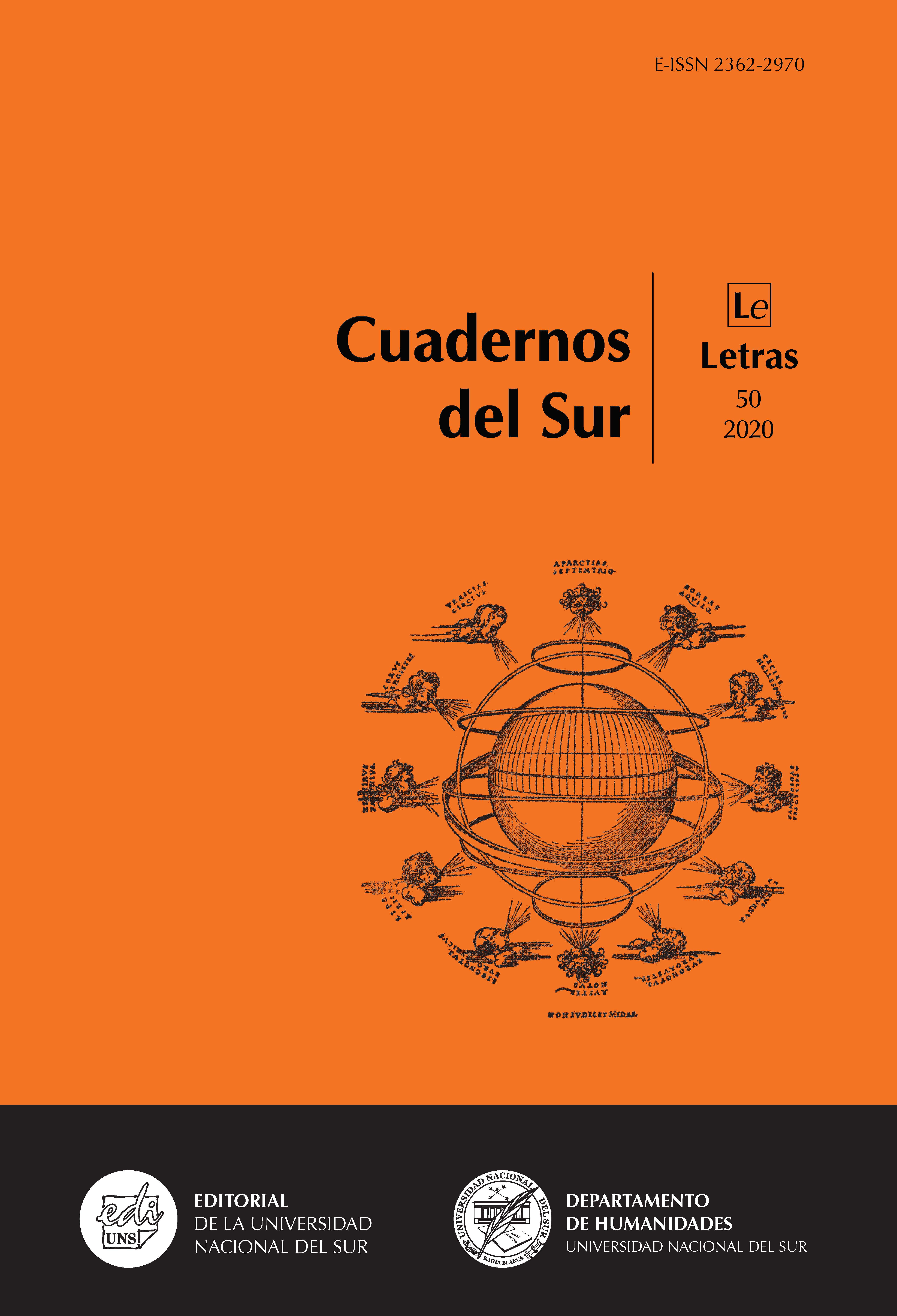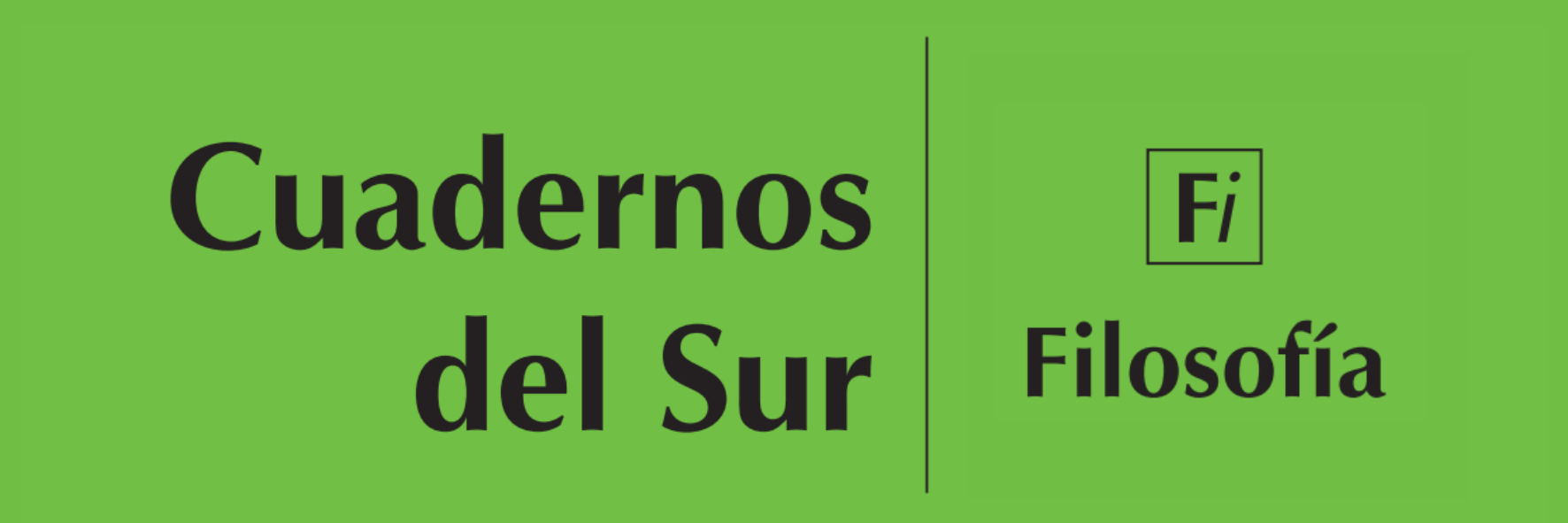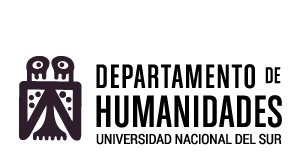Athena: nuevas armas para una diosa antigua, o los nuevos territorios de la historieta cubana
Keywords:
comics, transnationality, CubaAbstract
This paper analyzes the webcomic Athena, by Yussuán Remolina Amador “Just-Swamp” and Daniel Cruces-Pérez, as both a symptom and a result of the transnationalization process that Cuban culture started to undergo during the 1990s. After the fall of the Berlin Wall and the Socialist European bloc, the younger generations of Cuban cartoonists distanced themselves from the limitations and political and ideological patterns that defined the sequential art after the Revolution of 1959. The new formats and topics of Cuban comics are explored in this article through interviews with the creators and a comparative analysis between the 1990s context and the present. Some of the aspects taken into account are the economic crisis during the so-called “Special Period”, the massive migratory movement that happened then, and above all, the emergence of a transnational space in which Internet and social media play an important role.
Downloads
References
“Activistas denuncian el cuarto feminicidio en Cuba en lo que va de enero” (25 de enero de 2021), 14ymedio.com, [disponible en https://www.14ymedio.com/cuba/Activistas-denuncian-cuarto-feminicidio-Cuba-2021_0_3028497133.html - consultado el 26 de enero de 2021].
Benzing, Cynthia (2005), “Is the ‘Special Period’ Really Over?”, International Advances in Economic Research, vol. 11, n° 1, pp. 69-82.
Catalá Carrasco, Jorge (2011), “From suspicion to recognition? 50 years of comics in Cuba”, Journal of Latin American Cultural Studies, vol. 20, n° 2, pp. 139-160.
Cabrera, Yoandy (4 de diciembre de 2020), “Poesía, activismo y represión en los sucesos de San Isidro”, Árbol Invertido, [disponible en https://www.arbolinvertido.com/cultura/poesia-activismo-y-represion-en-los-sucesos-de-san-isidro?fbclid=IwAR1G-JIVMJyU0sKR41828KR_3dYTfO-CI4CESIjxCny8YsIP6griMyKU0KE - consultado el 30 de marzo de 2021].
Castro Ruz, Fidel (1961), “Palabras a los intelectuales”, [disponible en http://www.cuba.cu/gobierno/discursos/1961/esp/f300661e.html - consultado el 31 de marzo de 2020].
Delgado Pruna, Arturo (19 de octubre de 2018), “La historieta cubana enfrenta grandes obstáculos” [entrevista con Duchy Man Valderá], Cubadebate, [disponible en http://www.cubadebate.cu/especiales/2018/10/19/la-historieta-cubana-enfrenta-grandes-obstaculos/?fbclid=IwAR3gxi_oMB8G0C0xtvF3bR9hqu9xmR3tLLw7pAYCGOb9aX4ab8g3hJfLk5c#.XwEqDChKjIX - consultado el 4 de julio de 2020].
Duong, Paloma (2013), “Bloggers Unplugged: Amateur citizens, cultural discourse, and public sphere in Cuba”, Journal of Latin American Cultural Studies, vol. 22, n° 4, pp. 375-397.
Espinoza, Mauricio (2017), “Neoliberalism in the Gutter: Latin American Comics and Society since the 1990s”, Studies in Twentieth and Twenty-First Century Literature, vol. 42, n° 1, [disponible en https://newprairiepress.org/sttcl/vol42/iss1/9/ - consultado el 3 de julio de 2020].
Ferreiro, Diana (18 de julio de 2017), “Orestes Suárez, el historietista olvidado”, Zafra. Media & Cultura, [disponible en http://www.zaframedia.com/orestes-suarez-historietista-olvidado/ - consultado el 5 de junio de 2020].
Hernández Busto, Ernesto (10 de diciembre de 2018), “¿Qué es el Decreto 349 y por qué los artistas cubanos están en contra?”, Letras Libres, [disponible en https://www.letraslibres.com/mexico/cultura/que-es-el-decreto-349-y-por-que-los-artistas-cubanos-estan-en-contra - consultado el 10 de enero de 2021].
Hernández Guerrero, Arístides y Piñero Estrada, Jorge (2006), Historia del humor gráfico en Cuba, Lleida, Editorial Milenio.
Lent, John (2009), “Cuban Cartoonists: Masters of Coping”, en Fernández L’Hoeste, Héctor y Poblete, Juan (eds.), Redrawing the Nation: National Identity in Latin/o American Comics, New York, Palgrave Macmillan, pp. 81-95.
León González, Yanetsy (3 de julio de 2019), “Irán González habla con Gato en ArteCómic”, Adelante.cu [periódico de la provincia de Camagüey], [disponible en http://www.adelante.cu/index.php/es/cultura/17593-iran-hernandez-habla-con-gato-en-artecomic-camaguey?fbclid=IwAR2d7EOi2ZE5ZDHgItIgszuU_DsIg04GPnH0-dISCxTxcIBWkGYZ2sjyz80 - consultado el 6 de mayo de 2020].
McCloud, Scott (2000), Reinventing Comics, New York, Paradox Press.
Medina Ríos, Jamila (11 de septiembre de 2019), “Athena, un cómic cubano que sueña con la Gran Manzana”, Rialta Magazine, [disponible en https://rialta.org/athena-un-comic-cubano-que-suena-con-la-gran-manzana/?fbclid=IwAR04EcuD55z1W9tXrrqGHl3YcHpT8kXS8LVGMvtRvqjV-wniZn171Tre1aY - consultado el 20 de marzo de 2020].
Merino, Ana (2003), El cómic hispánico, Madrid, Cátedra.
Mogno, Dario (2003), Historietas cubanas. Medio siglo de sátira, aventura, humorismo, educación y propaganda en Cuba, [disponible en http://expo.mogno.com/25.html – consultado el 4 de julio de 2020].
Pereira Balboa, Malena (18 de febrero de 2015), “El humor gráfico en los albores de la Revolución Cubana”, Cubaperiodistas, [disponible en https://www.cubaperiodistas.cu/index.php/2015/02/el-humor-grafico-en-los-albores-de-la-revolucion-cubana/ – consultado el 20 de enero de 2021].
Pérez Cano, Tania (2019), “Graphic Testimonies of the Balseros Crisis: The Narratives of Cuban Detainees at Guantanamo”, International Journal of Comic Art, vol. 21, no 1, pp. 79-104.
Piñero Estrada, Jorge (13 de febrero al 19 de febrero de 2016), “dedeté, sin regreso”, La Jiribilla, [disponible en http://lajiribilla.cu/articulo/dedete-sin-regreso – consultado el 9 de mayo de 2020].
Porbén, Pedro (2015), “Revolución ‘cómica’: historietas y políticas de afectos en Cuba posrevolucionaria”, Iberoamericana, nº 57, pp. 117-130.
Regalado Someillán, Yamilé (2005), “Visual Culture and the New Cuban Man: Examining a Core Force of the Cuban Revolution, 1959-1963”, International Journal of Comic Art, n° 2, pp. 164-197.
Reloba de la Cruz, Xenia (2019), How to stay connected in an “offline” country? Stories of Cubans’ Internet Experience, Tesis de Maestría no publicada, Kingston, Queen’s University.
Rojas, Rafael (28 de noviembre de 2020), “40 grados de represión en Cuba”, Letras Libres, [disponible en https://www.letraslibres.com/mexico/politica/40-grados-represion-en-cuba-consultado el 7 de enero 2020].
----- (2006), Tumbas sin sosiego. Revolución, disidencia y exilio del intelectual cubano, Barcelona, Anagrama.
Saviola (20 de julio de 2018), “La caricatura en Cuba”, Diario del Sureste, [disponible en https://www.diariodelsureste.com.mx/caricatura-en-cuba/ - consultado el 3 de julio de 2020].
Zarza, Zaira (2013), “Una isla en el mundo móvil: Prólogo para una noción sobre el transnacionalismo cubano”, Istmo. Revista Virtual de Estudios Literarios y Culturales Centroamericanos, n° 25-26, pp. 1-17.
How to Cite
Issue
Section
License
Copyright (c) 2021 Cuadernos del Sur Letras

This work is licensed under a Creative Commons Attribution-NonCommercial-ShareAlike 4.0 International License.
Aquellos autores/as que tengan publicaciones con esta revista, aceptan los términos siguientes:
- Los autores/as conservarán sus derechos de autor y garantizarán a la revista el derecho de primera publicación de su obra, el cuál estará simultáneamente sujeto a la licencia Atribución-No Comercial 4.0 Internacional CC BY-NC 4.0.
- Los autores/as podrán adoptar otros acuerdos de licencia no exclusiva de distribución de la versión de la obra publicada (p. ej.: depositarla en un archivo telemático institucional o publicarla en un volumen monográfico) siempre que se indique la publicación inicial en esta revista.
- Se permite y recomienda a los autores/as difundir su obra a través de Internet (p. ej.: en archivos telemáticos institucionales o en su página web) una vez publicado su trabajo, lo cual puede producir intercambios interesantes y aumentar las citas de la obra publicada. (Véase El efecto del acceso abierto).








